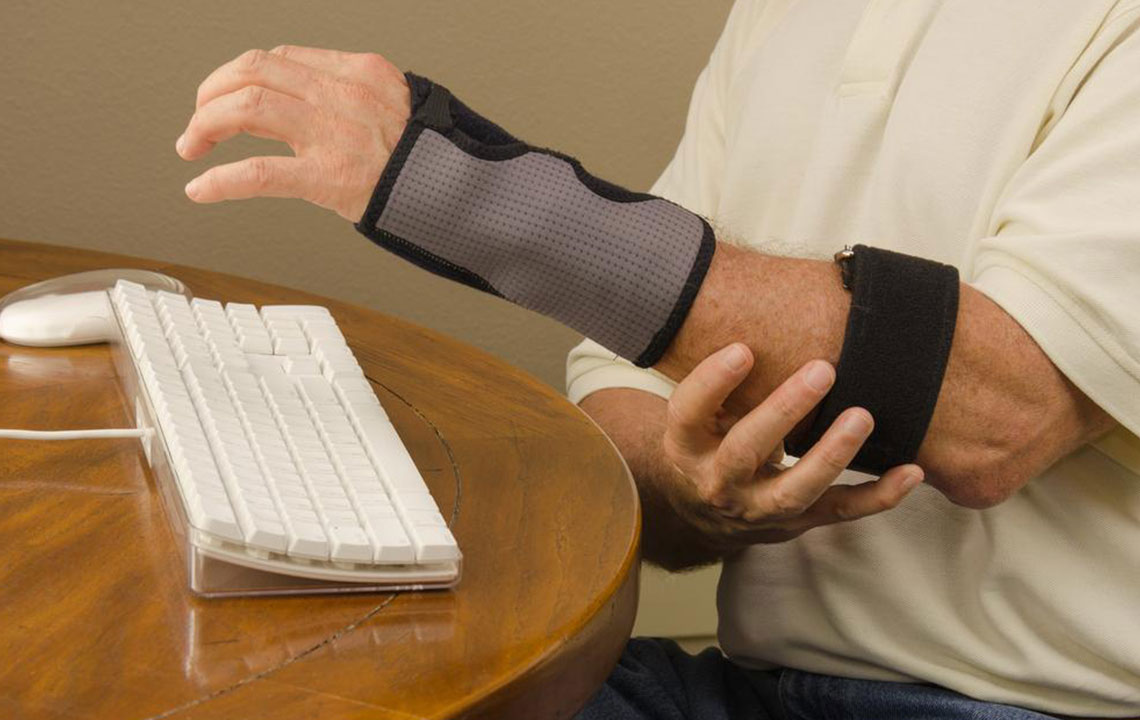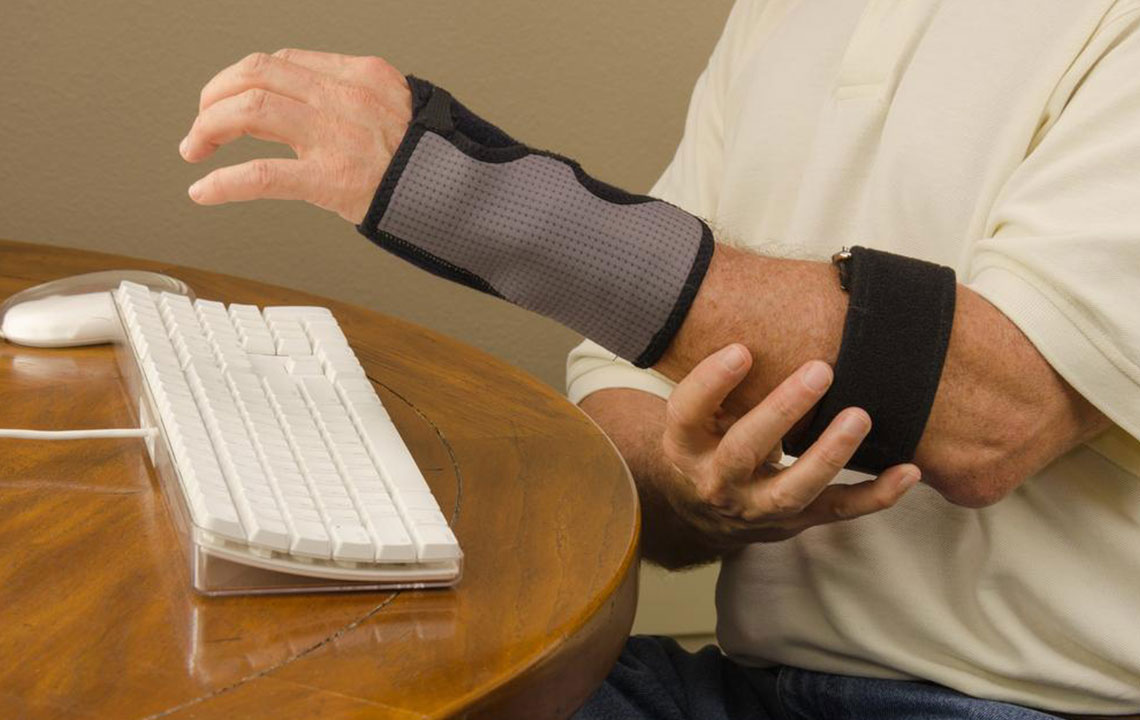Comprehensive Guide to Tennis Elbow: Causes, Symptoms, and Effective Prevention Strategies
This comprehensive article explores tennis elbow, detailing its causes, symptoms, and effective strategies for prevention and management. It emphasizes proper technique, ergonomic adjustments, and strengthening exercises to reduce risk. Early detection and treatment are highlighted to ensure quick recovery and prevent chronic issues, making it essential reading for athletes and professionals engaged in repetitive arm activities.

Comprehensive Guide to Tennis Elbow: Causes, Symptoms, and Effective Prevention Strategies
Tennis elbow, scientifically referred to as lateral epicondylitis, is a common musculoskeletal condition characterized by pain and tenderness on the outer part of the elbow. While it is historically associated with tennis players and racket sports enthusiasts, this ailment can affect anyone engaging in repetitive arm and forearm movements. Understanding the causes and implementing preventive measures are essential steps toward minimizing the risk and ensuring prompt treatment if symptoms appear.
The primary cause of tennis elbow is repetitive stress and overuse of the forearm muscles and tendons, which leads to microscopic tears and inflammation. These repeated motions, especially when performed with improper technique or excessive force, strain the tendinous attachments at the lateral epicondyle of the humerus.
Although initially prevalent among athletes involved in racquet sports like tennis and badminton, tennis elbow has extended its reach into various occupational settings. Professions such as carpentry, plumbing, painting, and even keyboard-intensive jobs like typing can lead to similar repetitive stress injuries. Workers using hand tools or duty-bound to perform repetitive wrist and forearm actions are vulnerable. Moreover, activities that require gripping or forceful wrist extension can aggravate this condition.
Age is a significant factor, as the tendons weaken over time, reducing their resilience to strain. Improper techniques, such as incorrect grip or swing mechanics during sports, can also amplify the stress on the tendons. Additionally, using unsuitable or worn-out equipment, like a poorly fitted racket, can contribute to the condition’s development.
Prevention strategies involve a combination of ergonomic adjustments, proper training, and strength conditioning. Athletes and workers should focus on using correct techniques, ensuring their equipment is appropriate and well-maintained. Stretching and strengthening exercises tailored to the forearm muscles can help build resilience. Rest periods and avoiding overexertion are vital. If symptoms appear, early intervention with ice therapy, anti-inflammatory medications, or physical therapy can reduce severity and facilitate quicker recovery.
Recognizing the early signs, such as localized pain, weakness in the forearm, or difficulty gripping objects, is important. Addressing symptoms promptly and taking preventive steps can help individuals maintain optimal elbow health and avoid persistent discomfort.




